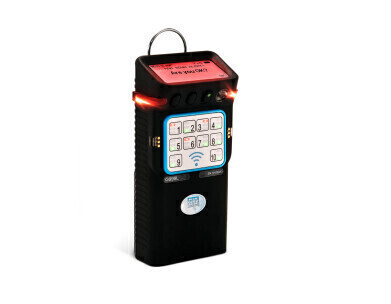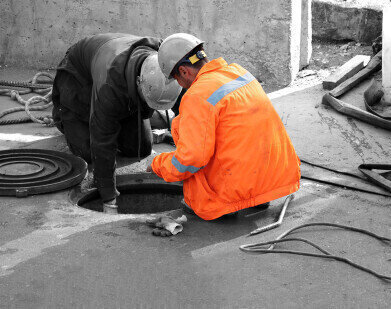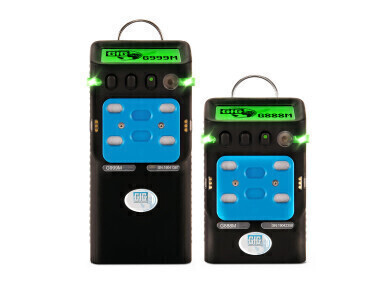Personal gas detector
Sewerage system safety – how to protect your team from dangerous gas concentrations
Nov 07 2023
Sewerage systems are vital not only to residential areas but also to commercial and industrial facilities as they both supply fresh water and dispose of wastewater. However, their construction as well as any maintenance and repair work can pose a multitude of potential dangers to workers. Even if the occupational risks of falling, slipping or even trench collapses in the construction process, or the obvious biological hazards, such as coming into contact with viruses and bacteria, are of course significant, some of the most dangerous aspects of these jobs are of chemical origin.
Some of the more common gas hazard include combustible gases, such as methane, and toxic gases, such as hydrogen sulfide. But any work in confined spaces always comes with the risk of oxygen deficiency as well, as it is often impossible to ensure proper ventilation. The presence of carbon dioxide – a dangerous asphyxiant – increases this even more, as it displaces oxygen in ambient air.
It is therefore essential to have every worker equipped with a portable gas detector for personal safety.
How can you protect yourself and your team when entering sewage systems?
A simple one or two gas detector might just not be enough for environments as dangerous as sewerage systems. Every worker entering them must be equipped with a high-quality multi-gas detector to safeguard them against the most common dangers.
Devices of GfG’s Polytector III G999 series are perfect for clearing confined spaces as they come with an integrated pump. The G999M offers three electrochemical sensor slots for toxic gases and oxygen, one slot for a catalytic sensor to monitor combustible gases and an IR sensor slot for carbon dioxide. Contact us to discuss which sensors suit your application. The G999M is approved for operations in Ex zone 0. The G999 series is equipped with a threefold alarm system (a loud acoustic signal, bright visual signal and vibration) to ensure any alarms will be noticed regardless of the environmental conditions. Its integrated NiMH battery has a runtime of up to 130 hours depending on the operating mode and sensor configuration. A general overview and explanation of the G999 can be found in this video.
As a perfect addition to G999 detectors, we also offer the TeamLink Connected Safety monitor. This handy device can be connected to up to ten portable G999 gas detectors and will thus inform the supervisor about the current status of all team members in real time. The advantage of this system for work in sewerage systems - confined spaces with low visibility and limited movement possibilities – is obvious: even team members that are physically out of sight can be monitored on one central device. Should their G999s detect dangerous concentrations of one or multiple gases, the supervisor will notice in real time and can then initiate appropriate safety and rescue measures.
Digital Edition
IET 35.2 March
April 2025
Air Monitoring - Probe Sampling in Hazardous Areas Under Extreme Conditions - New, Game-Changing Sensor for Methane Emissions - Blue Sky Thinking: a 50-year Retrospective on Technological Prog...
View all digital editions
Events
Analytica Anacon India & IndiaLabExpo
Apr 23 2025 Mumbai, India
Apr 23 2025 Moscow, Russia
Solar & Energy Storage Summit 2025
Apr 23 2025 Denver, CO, USA
Apr 29 2025 Edmonton, AB, Canada
May 06 2025 Nuremberg, Germany






.jpg)



_(4427399123)-(2).jpg)













